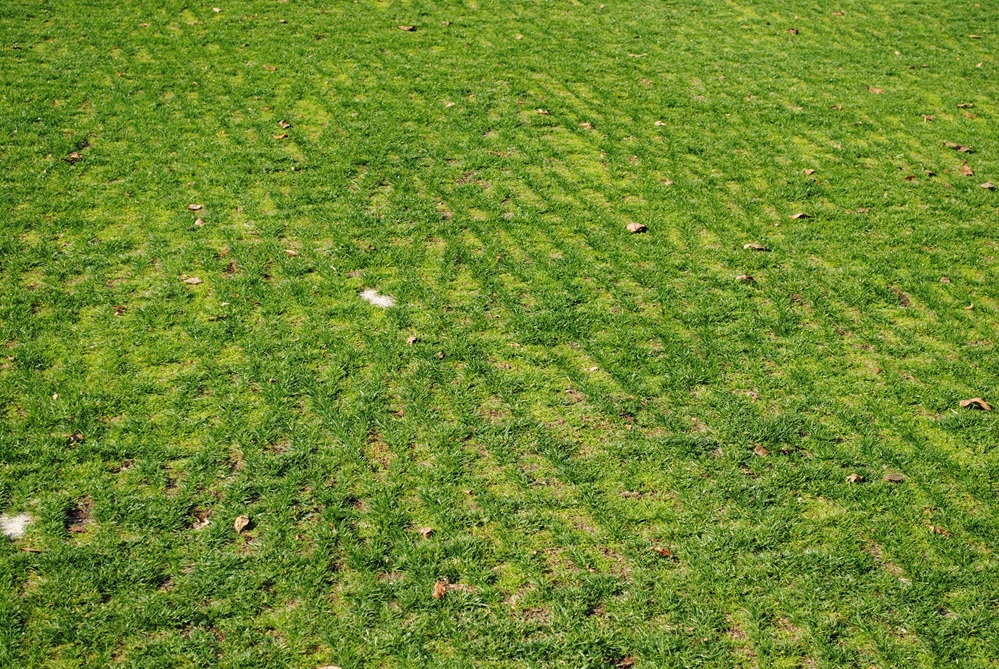Maximizing Poa Control from Prograss in Cool-season Fairways
Poa annua (annual bluegrass) continues to be the most problematic weed in cool-season fairways. Poa can be especially problematic when seeding or overseeding in the late summer, so aggressive control is required to limit populations.
- Plan long term - reducing annual bluegrass requires focusing all cultural practices on annual bluegrass control, year-around and over many years
-
Maximize cultural controls – some are more practical depending on the situation. Here are a few:
- Maintain turf as dry and with as low fertility as feasible
- Catch clippings during seedhead production and/or use Proxy® to limit seedheads
- Minimize soil compaction with aerification – but use solid tines in spring and fall to limit seed brought to the surface, hollow tines can be used in summer months
- Limit treating for summer patch, anthracnose, or annual bluegrass weevil which helps naturally control annual bluegrass
-
Use diverse modes of action in herbicides/growth regulators to help limit chances of resistance
- Season-long applications of Trimmit®(paclobutrazol) or Cutless® (fluprimidol) combinations can be extremely effective when scheduled using GDD models from the University of Nebraska. Trimmit is usually considered more effective, but Cutless is usually safer to desired turf, especially green collars
- Tenacity® or Prograss® are the two most used POST herbicides for Poa
- PRE herbicides - combine growth regulators and POST herbicides with PRE herbicides applied in late summer to minimize emergence
- Maximizing control with Prograss
- Prograss is most effective on young annual bluegrass
- Rates vary among turf species which also affect turf safety and annual bluegrass control, refer to the label for specific guidelines
- Timing of first fall application is usually after the first hard frost, but may need to be moved earlier to allow time for all planned applications before winter
- Multiple applications are most effective - 2 or 3 applications in the fall plus additional applications in the spring (depending on turf species) are most effective
- Application frequency is usually 21-28 days per the label, though research suggests more frequent applications can be more effective
- Combine with late summer applied PRE to limit new annual bluegrass germination over winter
- New seedings or overseeding
- Seed early! Seeding later in fall during peak Poa germination requires aggressive herbicide use shortly after seeding, thus increasing chances of herbicide damage on desired seedlings
- Tenacity can be used in seedbed with Kentucky bluegrass or perennial ryegrass
- Prograss can be used on creeping bentgrass, Kentucky bluegrass or perennial ryegrass shortly after seeding. Applications 1-8 weeks after emergence are recommended depending on species, and it’s critical to apply as soon after emergence as allowed by the label to limit Poa competition. Risking minor turf damage will be compensated by reduced Poa competition
- Need more info? - See the linked information and contact your Envu area sales manager if you need assistance.
Though seeding/overseeding cool-season grasses in late summer is important to get the jump on annual bluegrass, post-seeding weed control is still critical (Envu).


